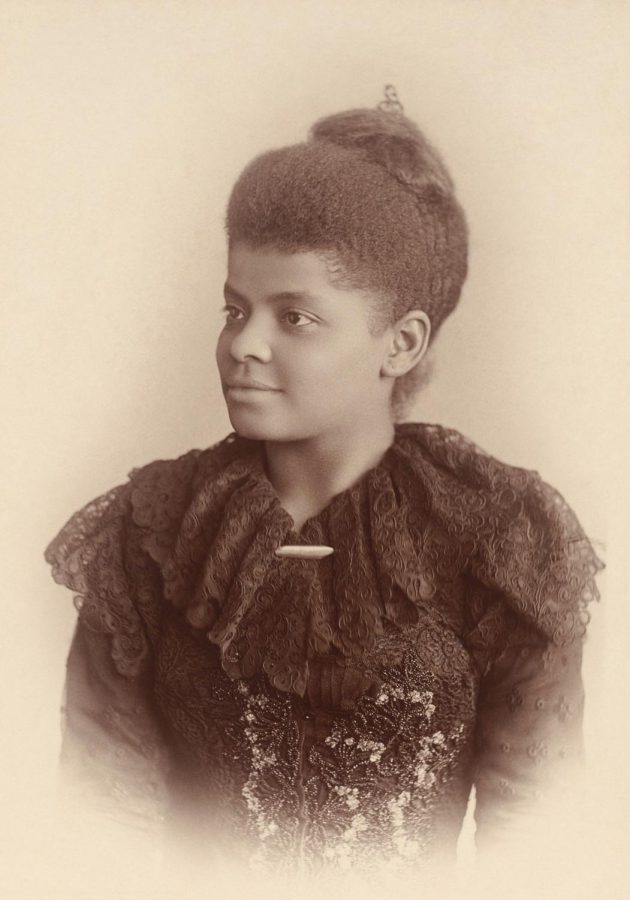The woman who is the intersectional embodiment of Black history that brings race and gender together.
A shoutout to Ida B. Wells-Barnett.
March 1, 2022
As Black History Month comes to an end and Women’s History Month begins, The Eagle Way News would like to highlight an extremely important Woman in American history: Ida B. Wells-Barnett.
Mrs. Wells-Barnett was a prominent journalist and activist in the late 19th-20th century. She was born into slavery during the Civil War in Holly Springs, Mississippi on July 16, 1862 to parents who were politically active in Reconstruction Era politics and valued the importance of education. As a result, Mrs. Wells-Barnett unsurprisingly had a passion for fighting against sexism, racism, violence, and she used her skills as a talented writer to expose the conditions that African Americans faced throughout the South.
In her early years, Mrs. Wells-Barnett valued education and enrolled in Rust College, but she was later expelled due to getting into an argument with the university president. Following that incident, in 1878, Mrs. Wells-Barnett was notified by her grandmother that the yellow fever epidemic hit her hometown, and so she began spreading the news. The disease eventually took both her parents and her infant brother. This prompted her to take a job as a teacher to keep their family together.
She later moved everybody to Memphis, Tennessee and continued her work as an educator.
After living in Memphis for some time, in 1884 Mrs. Wells-Barnett was thrown off a first-class train car even though she had a ticket. As a result, she filed a lawsuit against the train company in Memphis for unfair treatment.
Mrs. Wells-Barnett continued her fight for equality and later turned her attention to white mob violence after the lynching of one her friends. She was extremely skeptical about the reasons Black men were lynched and set out to investigate seven cases. Mrs. Wells-Barnett then published her findings in a pamphlet and wrote seven columns in the local newspaper. Her work ended up enraging locals who drove the family to move to Chicago, Illinois.
Later in her life Mrs. Wells-Barnett was involved in the boycott of the World’s Columbian Exposition in 1893, active in the Women’s Rights Movement, and she was in the National Association of Colored Women’s Club. She eventually traveled internationally to shed light on lynching to foreign audiences and openly confronting figures that erased how racism was being normalized in the early feminist waves. Mrs. Wells-Barnett covered stories from diseases hitting marginalized communities to personal discrimination to how masculinity and gender violence operated within white supremacy, and more — predominantly the lynching of Black men and women.
Ida B. Wells-Barnett demonstrated how women’s emotional and intellectual labor can be separated from their bodies and at the same time she fueled many powerful movements.
Ida B. Wells-Barnett is the embodiment of Black History.
Resources:
https://www.womenshistory.org/education-resources/biographies/ida-b-wells-barnett
https://blogs.loc.gov/headlinesandheroes/2020/02/ida-b-wells-and-the-activism-of-investigative-journalism/
Photos from:
Biography.com
wikipedia
Womenshistory.org
time.com






